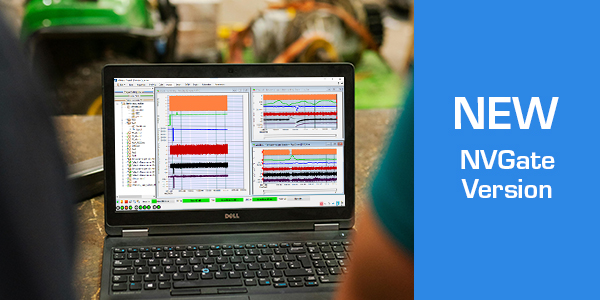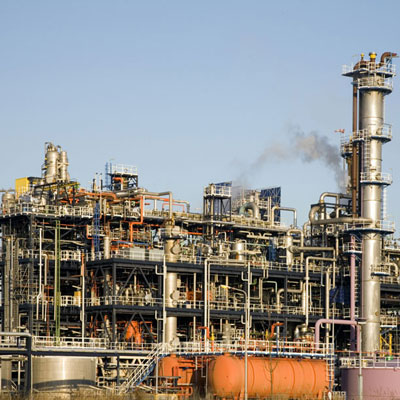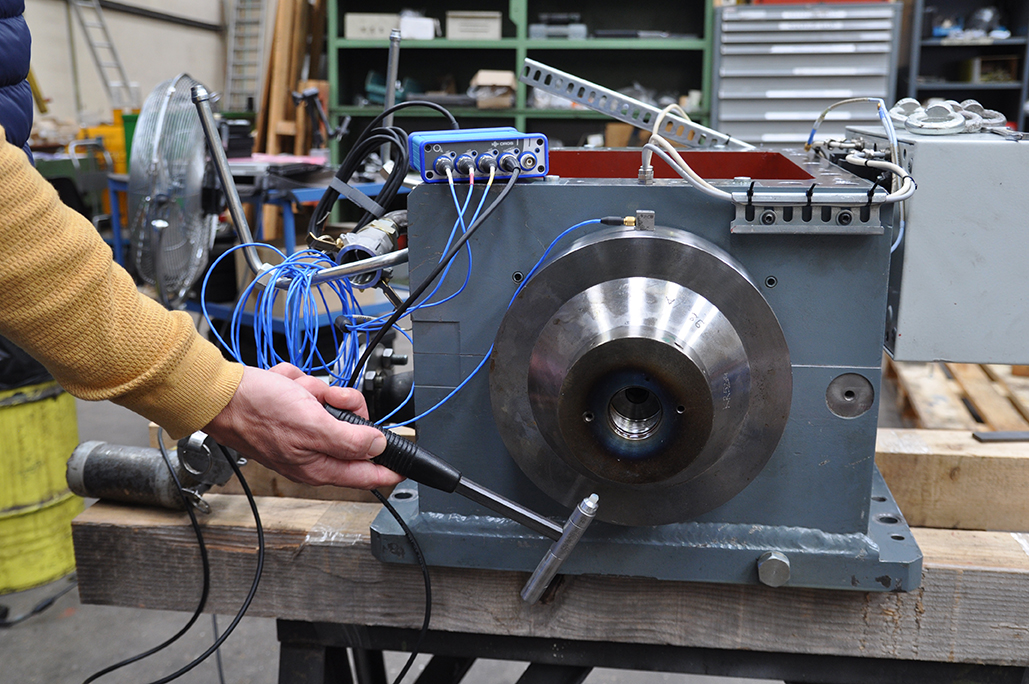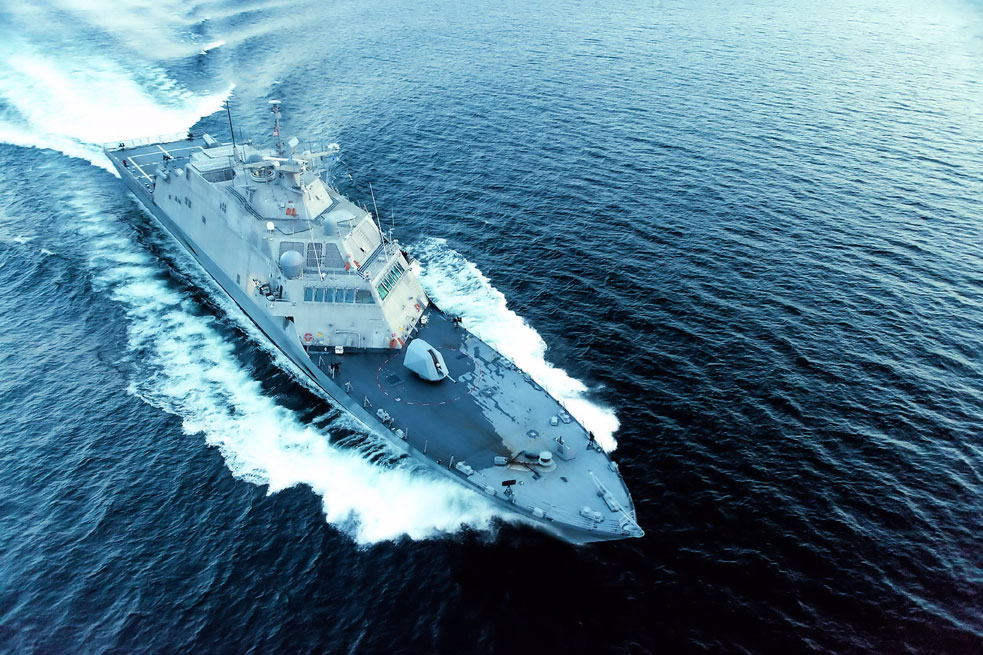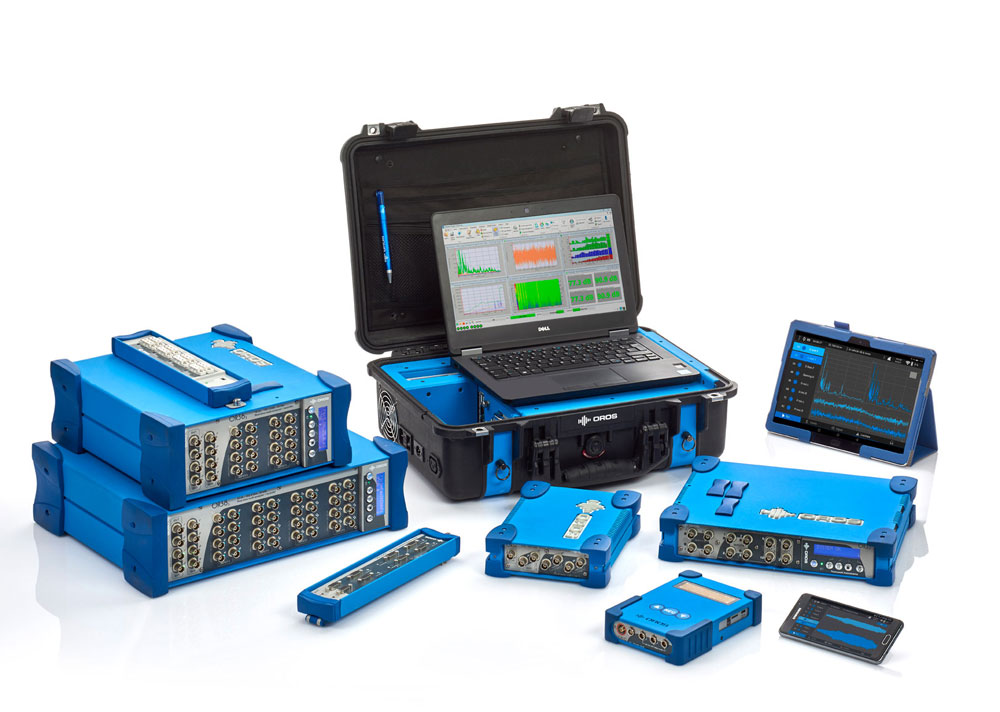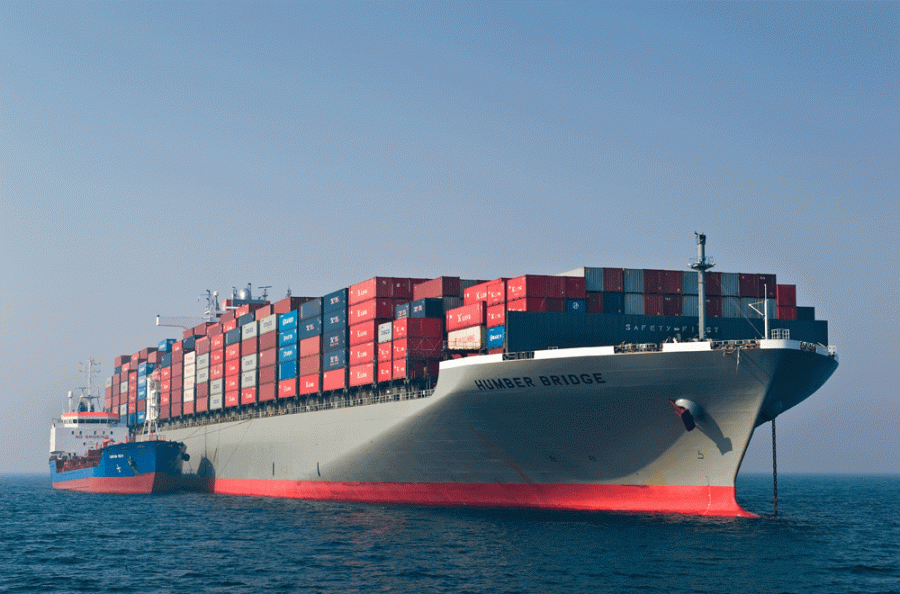
Marine
A rugged and portable vibration instrument designed for your environment
Answering the global economy, ship transportation is continuously growing, and the military demand for silent and powerful warships is continuous. The shipbuilding industry has more and more demand for larger and faster ships.
The latest propulsion innovations (Pods, turbine powered) as well as the building technologies need more measurements to be qualified and validated. Classical recorders or basic analysis systems cannot meet such demanding acquisitions and analyses. OROS helps you facing such vibration analysis challenges.
Rotating Analysis
Roller Bearings Analysis
Damaged roller bearings are common vibration sources. Their vibration spectrum, measured with an accelerometer mounted on the casing, allows you to determine mechanical failures on balls or races. Envelope demodulation and kinematics markers, part FFT-Diag module, are the key tools for that purpose.
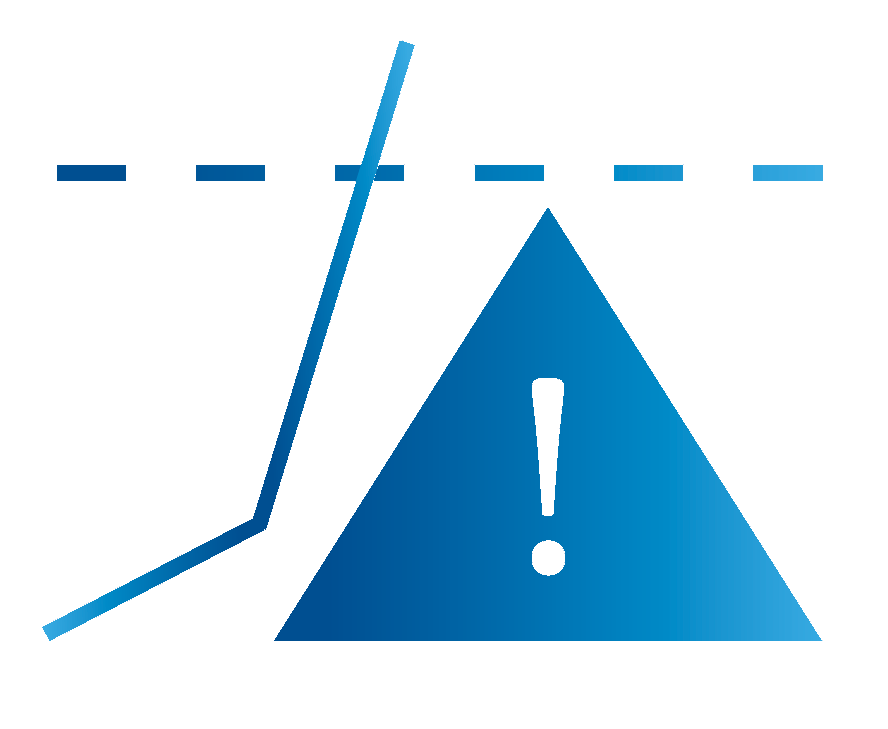
Monitoring
On board ships, noise and vibration levels can often increase rapidly and unexpectedly.
To achieve efficient countermeasures, you need detailed information and not only overall levels. No need to stay on site waiting for vibration levels to exceed unacceptable limits: the system operates autonomously triggering actions on alarms and can be accessed remotely for further diagnostics.
Torsional Analysis
On reciprocating machinery the cause of vibrations often comes from the non-linearity of the angular speed.
Thanks to the integrated frequency to RPM converter, the OROS analyzers provide the instantaneous angular speed inside each shaft revolution.
The analysis of this speed in frequency or time domain give helpful information for vibrations reduction during prototyping or for source identification while doing service diagnostics.
With torsional analysis, detect, follow the torsional resonance of the shaft and, for example, identify problems due to flexible coupling.
Reciprocating machines
Reciprocating machines are complex installations. They generate specific vibration signatures. The objective is their performance optimization and faults detections. For example, injection delay, valves faults, segmentation wear can be identified with EngineDiag.
This software module integrates the machine mechanical properties: number of cylinders, firing order and timing diagram, allowing to provide pertinent decision criteria on the field. Time signal, overall levels as well as angle-frequency representationon the machine cycle are efficient results for diagnostics.
Gear Analysis
Gearboxes is a very critical part of transmission and has specific vibration signature requiring correlation or cepstrum analysis for an accurate diagnostics:
- The correlation is useful to determine the correlated part of signals from different locations on a structure. This helps tracking the root and cause of vibration phenomena machinery structure and/or cinematic.
- The cepstrum is an efficient tool to detect periodic shocks in bearings or parts of rotating machinery. It is specially adapted when the spectrum levels are noised with their impulsive components.
Structural Dynamic Analysis
ODS (Operating Deflection Shape)
ODS is a powerful analysis to solve problems related to forced vibrations. Only with few measurement points, determine the source of high vibration level and the structural modifications to be implemented on the machine.
Damping & Isolation
Absorbing and damping mounts are the components through which the vibration energy is transmitted between the engine and the rest of the ship: their properties, dimensions and positions should be determined with care. The techniques used are cross spectrum, transfer functions, damping, as well as ODS (Operating Deflection Shape)
Modal Analysis
Modal Analysis is one of the key steps when testing machines: it determines their structural characteristics and so, defines how they reacts to operating excitations. Shaker or impact hammer excitations can be used to capture the experimental datasets: the final stage is the actual OROS modal analysis.
Noise Analysis
Structure-Borne Noise Analysis
This technique uses acoustics tools, typically 1/3 octave analysis. The results allow to identify and reduce the StructureBorne Noise. It works also in combination with TPA analysis
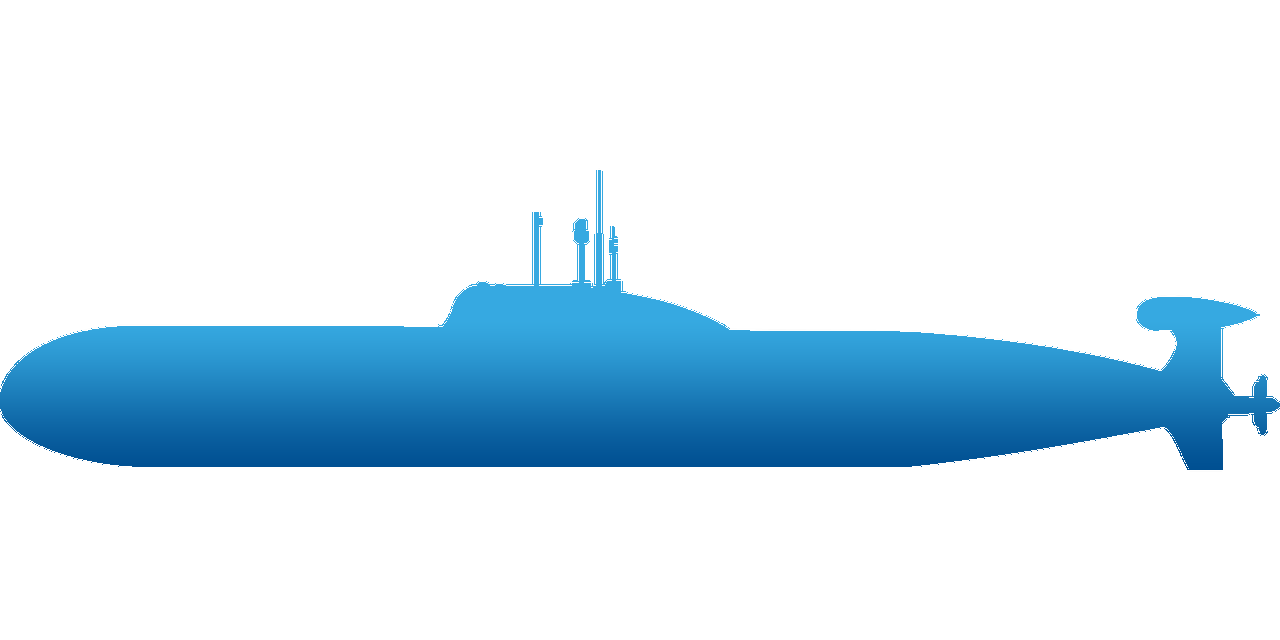
Underwater NAH (Near Field Acoustic Holography)
This technique offers highly accurate acoustic maps based on the sound pressure measured by a hydrophone array close to the hull. Together with the far-field radiated noise level prediction capability, it is the ideal tool for acoustic signature management and noise control of submarines and vessels.
TPA (Transfer Path Analysis)
This powerful solution allows the determination and ranking of the contributing noise and vibration sources and transfer paths to the targets. Targets can be set either inside the cabin in order to improve the comfort, or outside the hull to enhance the acoustic stealthiness or reduce the noise emission.
General Vibration Analysis
Time Frequency Analysis
Identify defaults of the engine operation (injection pump malfunction, wear of the injectors, burn out of the valves) with the accurate waterfall.
It displays in function of time and frequency acceleration information from the top engine. Defaults can be detected with the intuitive exploration tools.
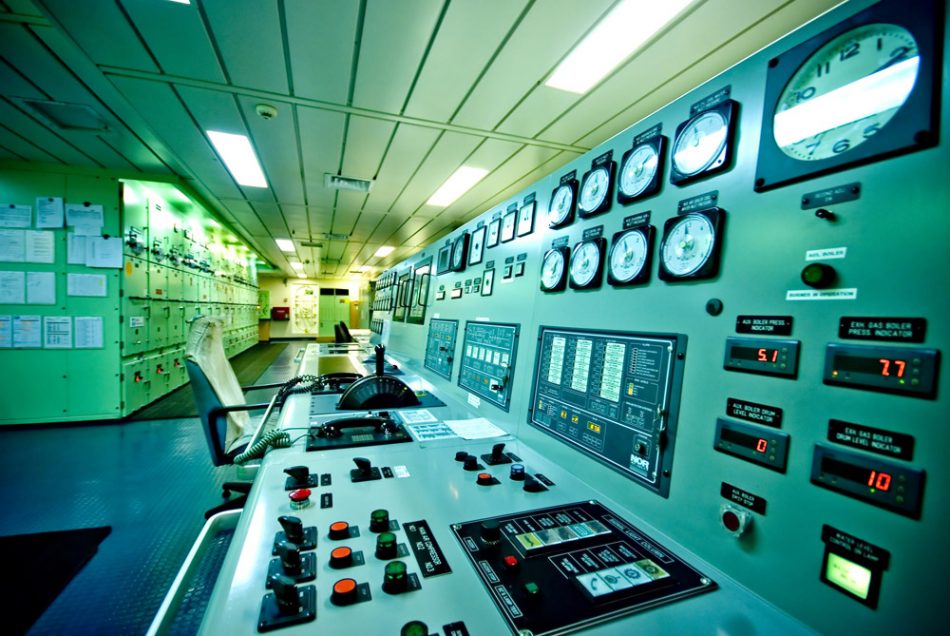
Test Cells
- Prototype validation
- Factory acceptance test
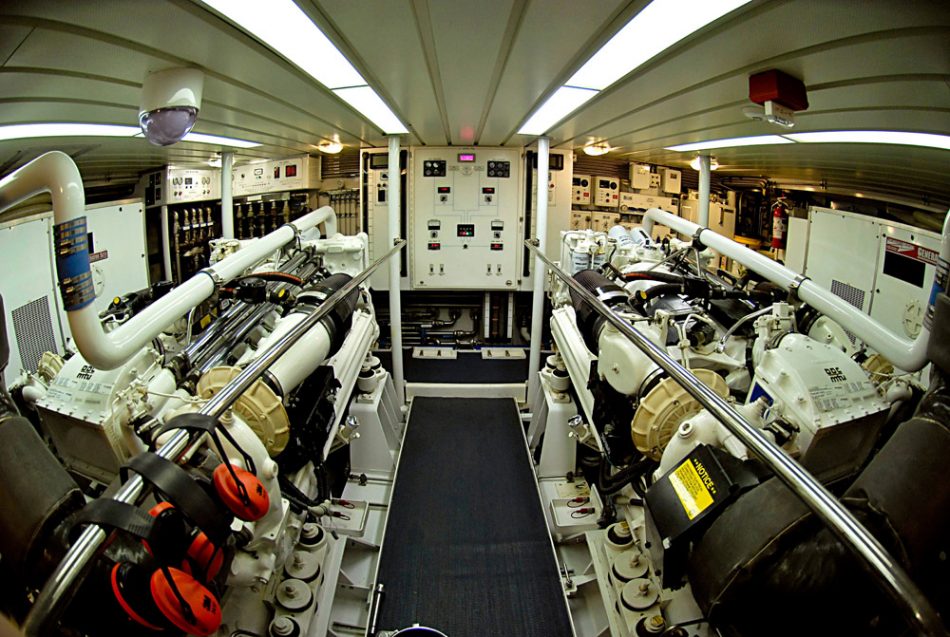
On-board Testing
- On-board acceptance
- Maintenance operation
- Diagnostics and troubleshooting
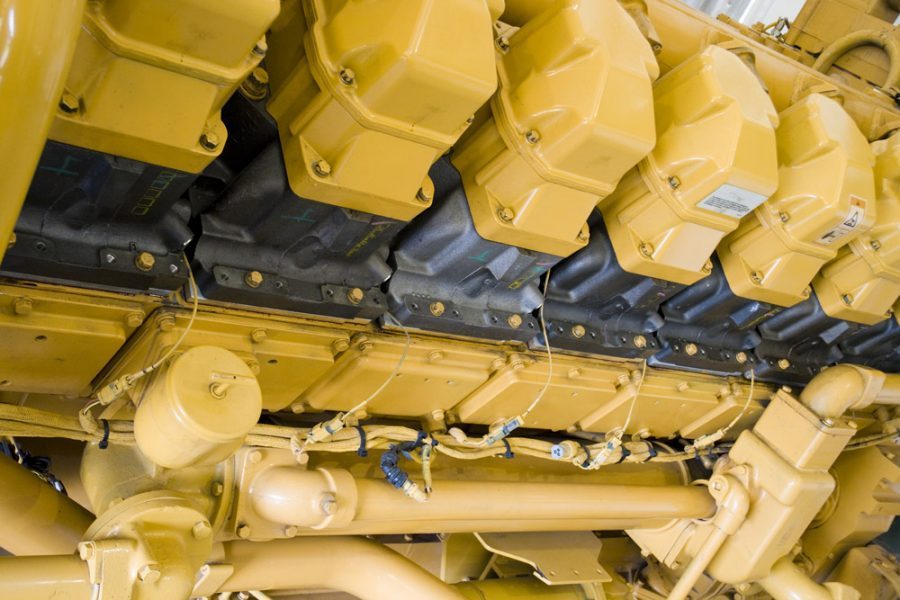
Remote Monitoring
- Random & unrepeatable phenomena
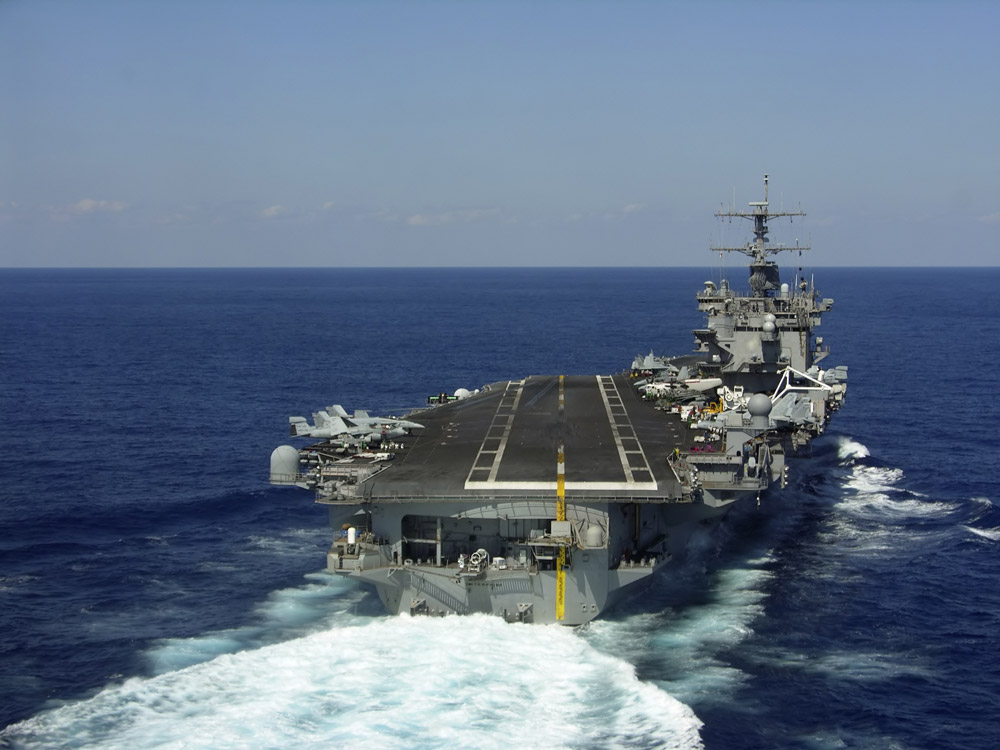
Shipbuilding
- Hull
- Tower
- Air Conditioning
- Pumps
- Compressors

Propulsion Systems
- Gas Turbines
- Diesel Engines
- Generators
- Motors
- Gearboxes
- Flexible Coupling
